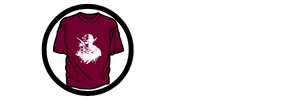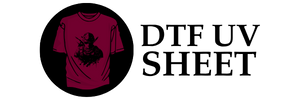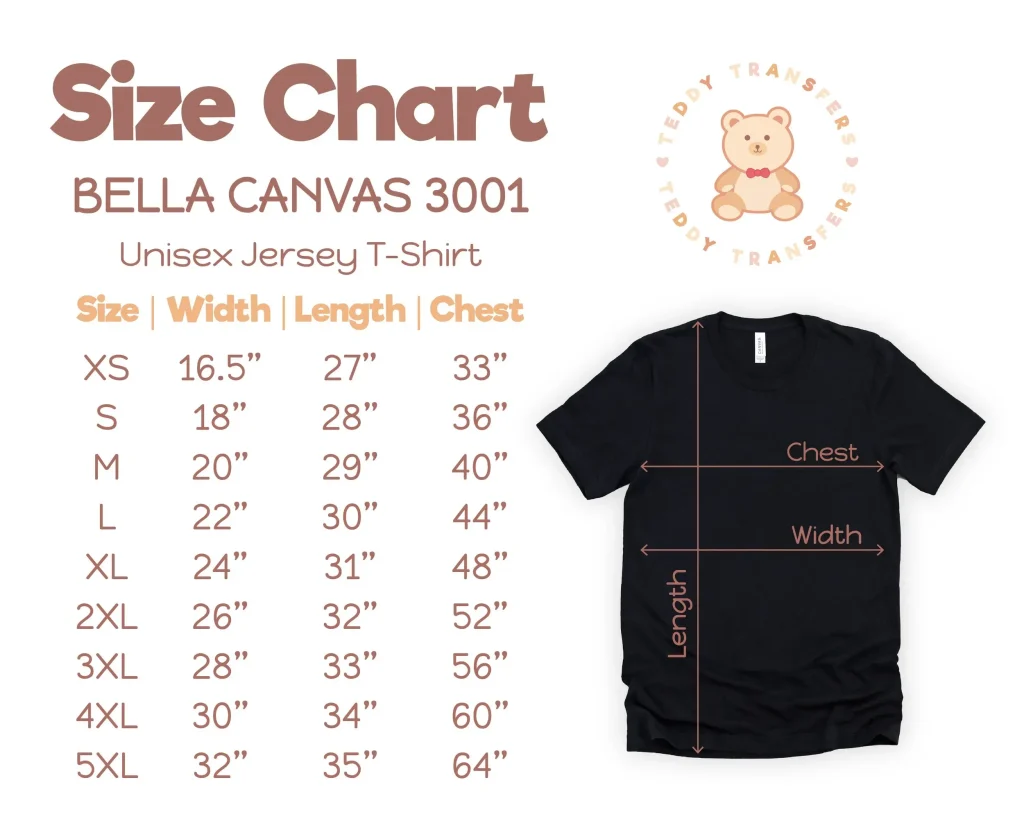DTF transfer size is a critical aspect in the realm of Direct to Film transfer, affecting not just the aesthetics but also the overall efficiency of the printing process. As the garment printing industry continues to evolve, understanding how size influences print quality can unlock numerous benefits for businesses. From ensuring detail preservation in smaller designs to managing calibration for larger prints, size optimization DTF is fundamental for creating striking visuals while minimizing waste. Moreover, custom DTF printing allows for meticulous tailoring of designs, accommodating various fabric types and sizes for optimum results. In this engaging exploration, we will dive deep into the world of DTF transfer size, revealing strategies that enhance quality and effectiveness in printing.
When discussing the nuances of Direct to Film transfer, one cannot overlook the significance of design dimensions in determining print success. The term “DTF printing” encompasses a variety of techniques that can be adapted based on size, focusing on how the scale of a print can impact both aesthetic and functional outcomes. By exploring methods for size optimization DTF, businesses can capitalize on the advantages of this innovative approach, transforming simple designs into vibrant, high-quality prints. In addition to looking at the broad landscape of DTF printing benefits, it is essential to examine how customization and scalability relate to size as well, enabling businesses to respond more effectively to market demands. This comprehensive discussion will guide you through the key elements that define DTF transfers, ensuring you are equipped with the knowledge to maximize your printing capabilities.
Maximizing Print Quality with DTF Transfer Size
Print quality in DTF transfers is heavily influenced by the size of the graphic being printed. Optimal sizing can enhance detail preservation, which is particularly important for designs with intricate patterns or logos. When prints are created at smaller dimensions, they tend to retain vibrancy and clarity, resulting in visually appealing products that attract customers. This focus on detail not only impacts customer satisfaction but also contributes to the overall professionalism of the printing business.
Conversely, when larger designs are used, there’s a heightened risk of losing detail. Larger prints often require precise calibration of printer settings to ensure that quality is maintained. Businesses must be prepared to make investment in technology and training to achieve the best results for larger prints. Therefore, understanding the relationship between size and print quality is crucial for ensuring that every product meets high standards.
DTF Transfer Size Optimization Techniques
Size optimization in DTF printing involves several strategic approaches to ensure maximum efficiency and minimal waste. By tailoring designs to the specific dimensions of garments, businesses can enhance productivity while reducing costs associated with leftover materials. This approach is especially beneficial for custom orders where size variations may occur, allowing companies to adapt quickly to customer specifications without incurring excess material expenses.
Additionally, optimizing sizes can be achieved through technology, such as using automated software that calculates the ideal dimensions for transfers based on the garment and its design. This results in more precise prints and contributes to a smoother production process, ultimately enhancing profitability. As the market for custom DTF printing continues to expand, developing effective size optimization strategies will be a key factor for companies looking to stay competitive.
The Benefits of DTF Printing for Custom Designs and Sizes
DTF printing offers unparalleled versatility, particularly when it comes to custom designs and sizes. This technology allows for intricate designs to be printed directly onto a film, which can then be transferred onto any fabric type. The ability to cater to a variety of sizes means that businesses can meet specific customer needs effectively, whether for small shirts or larger canvases. This adaptability is a significant advantage, attracting customers seeking personalized products.
Moreover, the durability of DTF prints makes them ideal for merchandise that will undergo regular use and washing. Customers appreciate the long-lasting quality of prints, which in turn drives repeat business for companies that consistently deliver vibrant and well-crafted products. In essence, the benefits of DTF printing underscores the importance of size flexibility, enabling businesses to diversify their offerings and maintain a competitive edge.
Innovative Materials in DTF Transfers and Size Management
Recent advancements in materials used for DTF transfers have revolutionized the way size is managed in the printing process. New adhesive technologies allow for prints to adhere more effectively, regardless of the size of the transfer. Enhanced materials ensure that yes, larger prints can maintain their integrity and color vibrancy under various conditions. This innovation paves the way for larger-scale operations to incorporate eye-catching designs without the risk of compromising quality.
Furthermore, businesses now have access to a wider variety of transfer films, which enhances the customization capabilities associated with size. From lightweight to heavier materials, the choice of film allows for better alignment of design with fabric types and intended uses. With these innovations, size management becomes much easier, allowing for increased creativity without the pitfalls traditionally associated with larger print sizes.
Cost Efficiency Through Size Framework in DTF Printing
Cost efficiency is paramount for businesses engaged in DTF printing, and the size framework plays a significant role in achieving it. For small businesses, DTF offers a cost-effective solution by allowing production of smaller runs without the hefty financial burdens typically associated with bulk printing. Since costs are incurred primarily on the basis of individual transfers, optimizing sizes can lead to substantial savings when fulfilling specific customer orders.
On the other hand, larger operations can benefit from economies of scale. When designs are optimized for specific garment sizes, businesses can increase production volumes without compromising quality. The careful management of sizes ensures that material costs are minimized and that operations run smoothly. Ultimately, integrating cost efficiency into size strategies provides a pathway for sustainable business practices in the competitive world of DTF printing.
Technical Considerations When Working with DTF Transfer Sizes
When considering DTF transfer sizes, several technical considerations must be kept in mind to ensure successful outputs. More specifically, the resolution of the printer is crucial; higher resolutions produce clearer and more vibrant prints, which are essential for both smaller and larger designs. Focusing on printer capabilities allows businesses to deliver consistently high-quality products, which is particularly beneficial when dealing with diverse sizes.
Another vital factor is the quality of the ink used. High-performing inks enhance the vibrancy and durability of prints, ensuring that they withstand the test of time. This is especially important for larger print sizes that may require a significant amount of color. By investing in the right technical resources, businesses can confidently navigate the complexities associated with DTF transfer sizes and maintain a competitive edge.
Frequently Asked Questions
What is the significance of DTF transfer size in garment printing?
The size of DTF (Direct to Film) transfers is crucial in garment printing as it affects print quality, detail preservation, and waste reduction. Smaller designs maintain vibrancy and precision, while optimal sizing for larger prints ensures effective calibration and minimal fabric waste.
How does size optimization impact DTF printing benefits?
Size optimization in DTF printing enhances benefits such as cost-efficiency, reduced waste, and improved print quality. By tailoring the size of transfers to garment dimensions, businesses can save on materials and increase the durability of prints, maximizing production effectiveness.
Can custom DTF printing accommodate various sizes of designs?
Yes, custom DTF printing is highly adaptable to various sizes. This capability allows businesses to create personalized designs that cater to their customer’s needs, ensuring both small and large runs can be efficiently printed while maintaining high quality.
What technical considerations should be taken into account for DTF transfer size?
When dealing with DTF transfer sizes, key technical considerations include printer resolution and ink quality. High-resolution printers are essential for clarity in both small and large designs, while high-quality inks provide durability and vibrancy across all sizes.
What are the challenges of printing larger DTF transfers?
Larger DTF transfers may present challenges such as the need for precise calibration and potential higher costs. It’s vital to fine-tune printer settings for larger designs to ensure no compromise on quality, which might require investing in upgraded printing technology.
How does DTF transfer size affect production scalability for businesses?
DTF transfer size directly influences production scalability by allowing businesses to adjust their output based on demand. Smaller runs can be produced economically, and as demand grows, larger orders can be fulfilled efficiently, ensuring alignment with market needs.
| Key Aspect | Description |
|---|---|
| Detail Preservation | Smaller designs maintain detail and vibrancy better, beneficial for precise graphics like logos. |
| Calibration Needs for Larger Designs | Larger prints require careful calibration to maintain quality, which can increase costs if not managed properly. |
| Minimized Waste | Optimizing design size helps reduce fabric waste, improving cost-effectiveness and eco-friendliness. |
| Enhanced Adhesive Technologies | New adhesives improve print durability and washability, regardless of design size. |
| Cost Efficiency | DTF transfer is scalable; small businesses benefit from low-cost small runs, while larger operations enjoy decreased costs with bulk printing. |
| Technical Specifications | High printer resolution and ink quality are critical for ensuring vibrant and durable prints, regardless of size. |
| Customization and Scalability | DTF allows businesses to quickly adapt designs and scale production to meet market demands, enhancing responsiveness. |
Summary
DTF transfer size plays a crucial role in maximizing the efficiency and quality of textile printing. By understanding the significance of design size, businesses can enhance their printing practices and achieve better results. Smaller designs are noted for superior detail retention, while larger prints demand precise calibration to maintain print quality effectively. Innovations in materials and adhesive technologies have further optimized DTF transfer, making it a cost-effective solution regardless of print size. Ultimately, businesses that effectively leverage DTF transfer size will be better positioned for sustainable growth in today’s competitive market.



